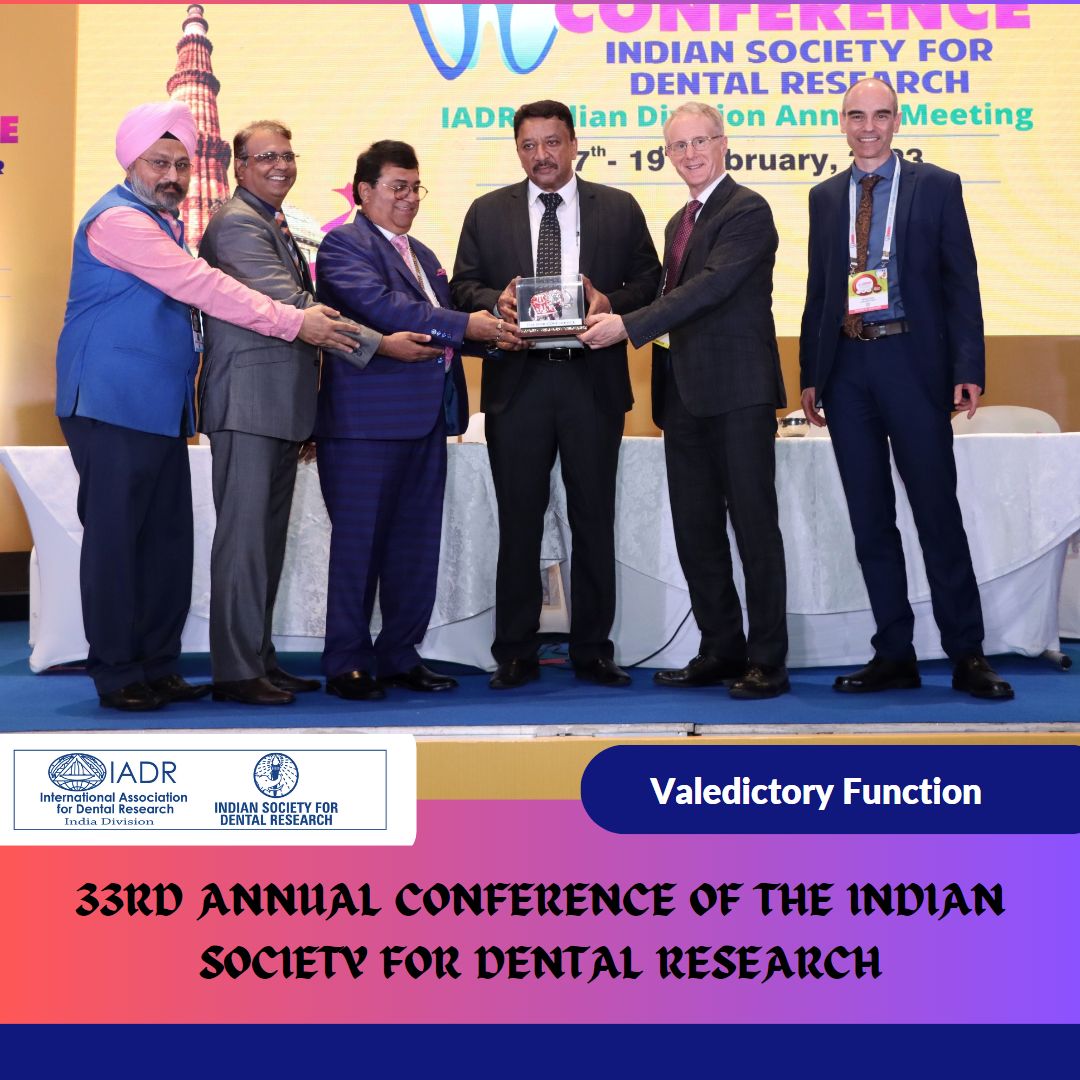Contents
Patient with five previous failed surgeries elsewhere
The patient is a young man who lost his right mandible due to ameloblastoma. He had ignored it for years and this resulted in extensive loss of bone from the left lateral incisor. The left side of his mandible had been absent since the ameloblastoma surgery. He has undergone five bone grafting surgeries elsewhere since then. None of the surgeries had been successful and he has extensive scarring in the region. His family conducted an extensive Internet search for the best facial reconstruction surgeon. It led them straight to our hospital.
Reconstruction of right condyle, ramus and body of mandible
Dr SM Balaji examined the patient and ordered a 3D axial CT scan. The scan revealed complete absence of the ramus and condyle on the right side. There was extensive bone destruction of the body of the mandible. The treatment plan was then explained to the patient who agreed to the surgery. This would be by using transport distraction and microvascular reconstruction
Rib grafts obtained for reconstruction of mandible
Under general anesthesia, two costochondral rib grafts were first harvested from the patient. A Valsalva maneuver demonstrated absence of perforation into the thoracic cavity. The incision was then closed in sutures.
Completely reconstructed right side of mandible
Attention was next turned to the mandibular reconstruction. A mucogingivoperiosteal flap was then raised from the midline of the mandible. Intermaxillary wiring was then done on the left side to stabilize the mandible. Dissection was then carried down to the mandibular remnant on the right side. A Titanium reconstruction plate was then cut and shaped to the right size. This was then screwed to the distal part of the right side of the mandible. The costochondral grafts were then cut to the right sizes for mandibular reconstruction. These were then secured to the Titanium plate with screws. The condyle, ramus and body of the mandible were then reconstructed. The incision was then closed with sutures. The patient recovered without event from general anesthesia.
The next stage of oral rehabilitation would be through the use of implants. These would be on the grafted bone thus giving the patient normal dentition.




